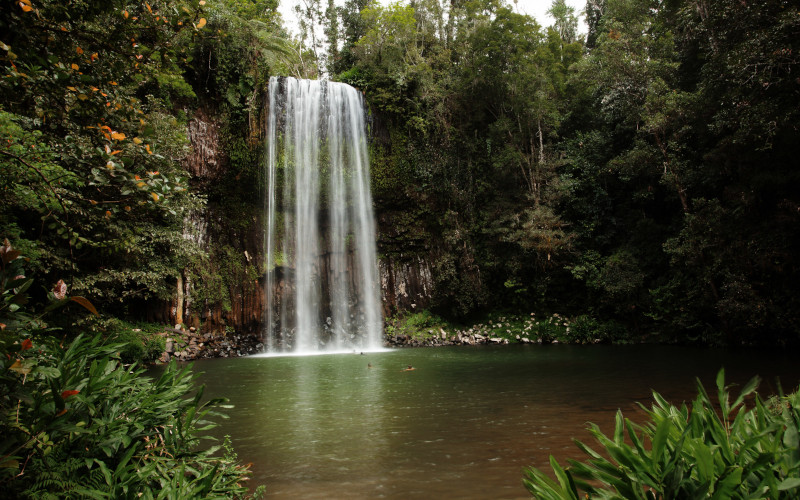
Millaa Millaa Falls Facts
- The visual splendor you see here is most often referred to by the short yet somewhat unusual title of Millaa Millaa Falls. This moniker represents the only currently accepted general title in the english language. It’s derived from an old Indigenous Peoples term.
- In the native language of the Mamu people, the original tag applied to it phonetically translated as Malay Malay. That epithet additionally referred in turn to a locally prominent rainforest vine. That’s because it provided a vital seasonal food source.
- The early native inhabitants of the region knew of the site for untold centuries, of course. European explorers, though, did not spot it until recent times. Australian explorers Christie Palmerston and Alexander Douglas, first saw the falls in 1882.
- In modern times, Millaa Millaa Falls received the recognition it deserves. Due to its combination of beauty and cultural importance, officials added it to the local Heritage Register. Because of these factors, it’s now a highly popular tourist destination.
- Unfortunately, however, this understandably creates concerns for some people. To their credit, local officials make every effort to maintain its pristine state. The newly increased human presence in its area nevertheless increases the potential for harm.
Related Articles
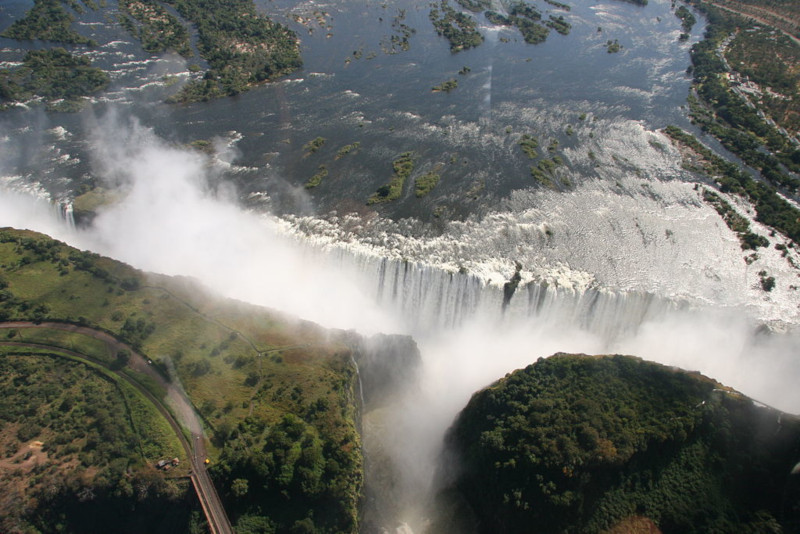
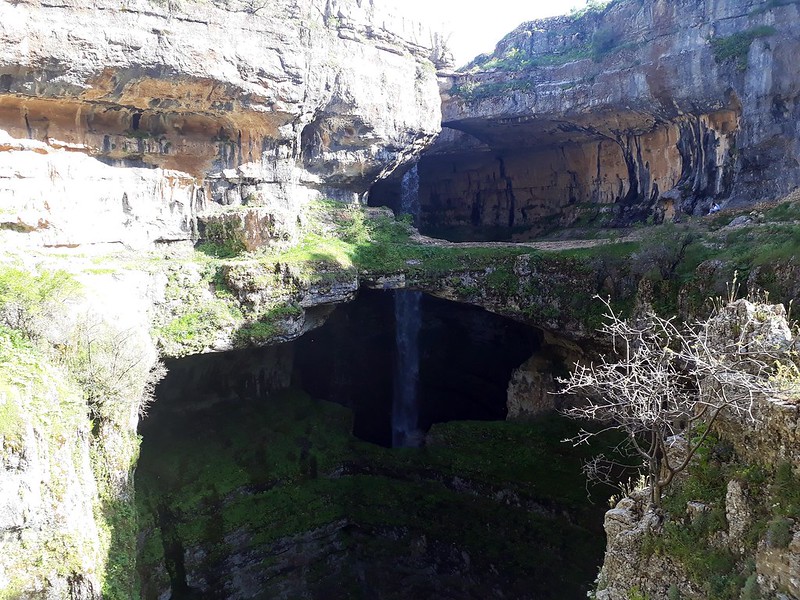
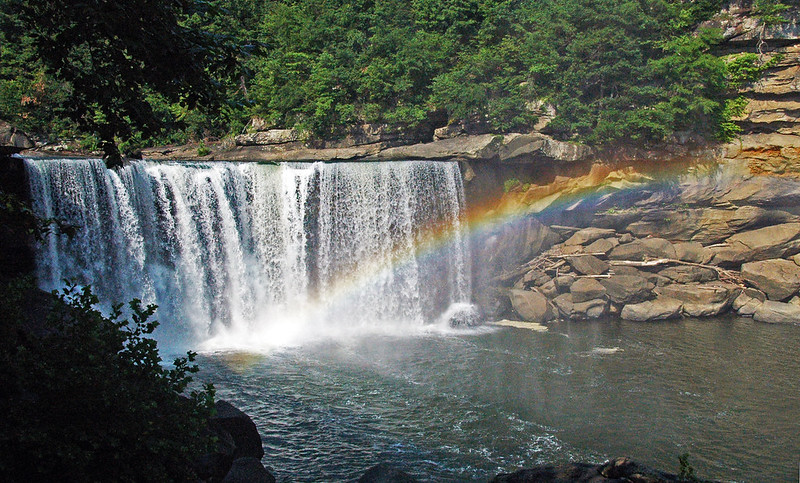
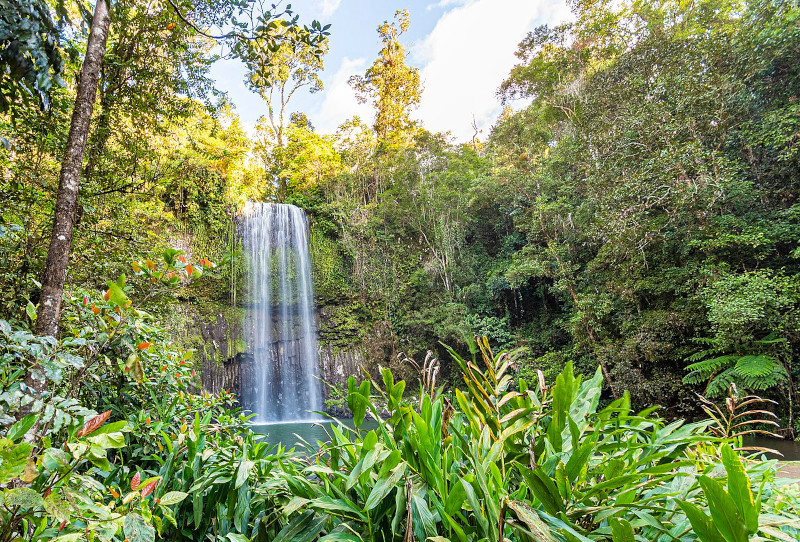
Millaa Millaa Falls Physical Description
The magnificent Millaa Millaa Falls instantly emblazons an indelible picture into the minds and memories of those fortunate enough to visit it. The geological marvel does so more due to its abundant natural beauty than to sheer physical measurements, though.
That’s true given the fact that this breathtaking natural flow possesses approximately average dimensions. It represents what geologists call a single-tier waterfall. As the appellation implies, the totality of the water drops in a single plunge to its base below.
That’s not to say, however, that the depths to which it drops aren’t respectable. That’s because the flow of water falls a measured total of roughly 60 ft (18.3 m). While this doesn’t compare to some similar features, such as Yosemite Falls, it’s still worthy of appreciation.
The width of the stunning Millaa Millaa Falls also varies due to local environmental factors. As the volume of inflow rises and falls, this naturally affects both the flow and width. As a general principle, though, some estimates place a mean width at about 20 ft (6.1 m).
Yet one more natural wonder awaits the visitor to this location. That’s true given the amazing fact that a comparatively large plunge pool sits at the bottom of the cascade. Except for a small, cleared viewing area around this, the entire site lies surrounded by rainforest.
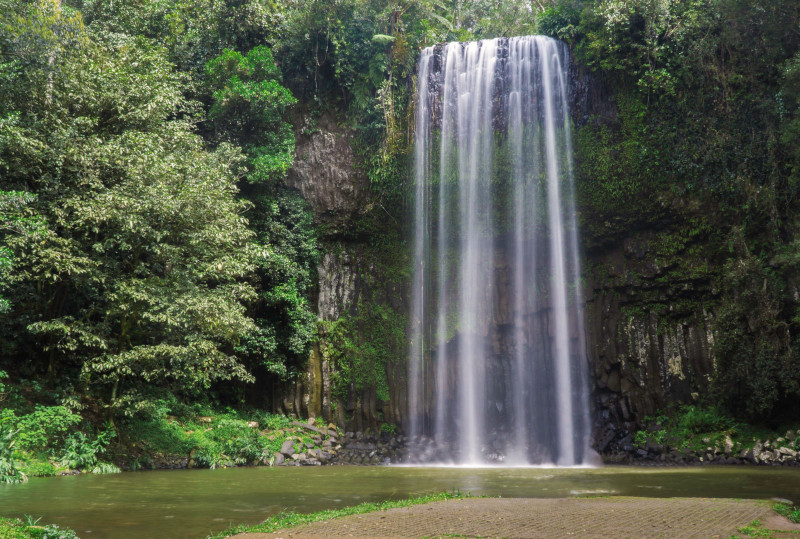
Millaa Millaa Falls Location, Formation, and Ecology
The visual splendor known to the world as Millaa Millaa Falls formed in a region of the globe already well known for its abundance of natural beauty. Astonishingly, that zone of the earth’s surface remains noted for its plethora of wonders of both geology and life.
Given this information, the general location where this waterfall formed likely won’t surprise many people. In fact, you’ll probably find it understandable! That’s because Nature created this masterpiece of motion on the continent that now bears the name of Australia.
It further sits within the boundaries of the governmental area known as the Tableland Region. Its precise situation inside that greater section of the continent places it in the state of Queensland. It’s found in close proximity to the small town likewise named Millaa Millaa.
The majority of the land surrounding and underlying the cascade formed long ago due to extensive volcanic activity. This deposited vast amounts of basalt in the area. Over time, the flow of water inexorably carved the vertical grooves now visible behind the flow.
The majestic Millaa Millaa Falls also play an important role in the local ecosystem that goes far beyond its beauty. Flora and fauna both abound in the immediate vicinity, profiting from its moisture. The entirety of the plants within the rainforest around it do so, in fact.
Numerous animals also call the local region home, and partake of its waters. Mammals benefiting from it include such species as dingo and the remarkable platypus. Various others among these include birds, like the cassowary, and the always intriguing Tiger Quoll.
Features Sharing Its Range
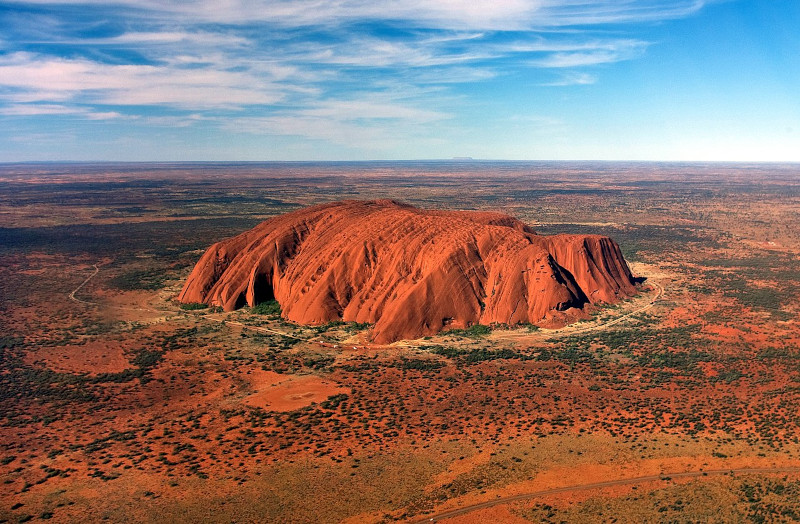
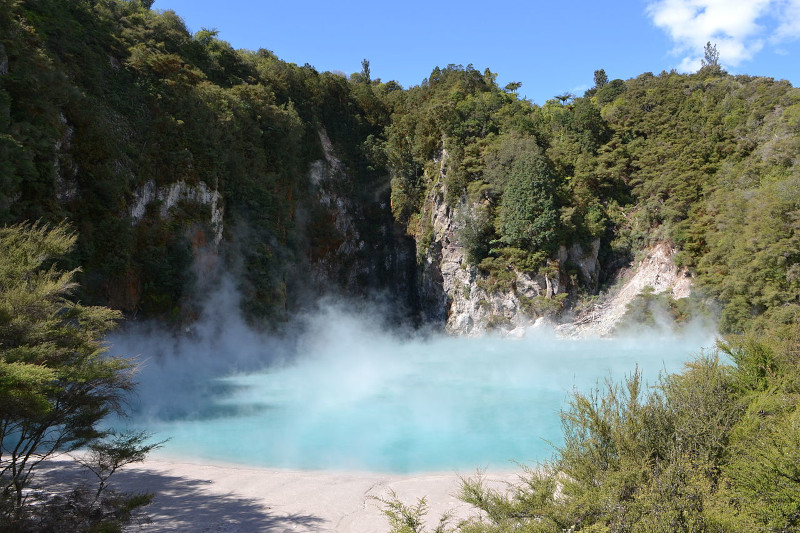
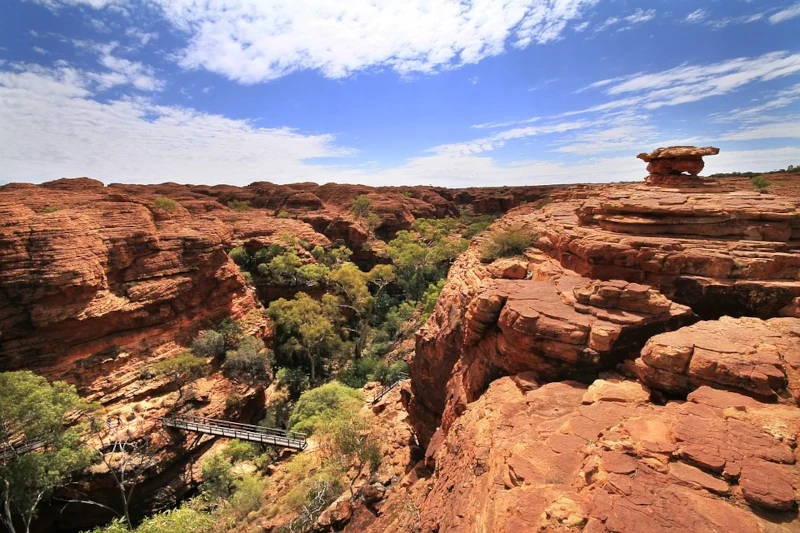
Check out our other articles on 5 Fabulous Mammals of Florida, Great Barracuda, Deception Island, Southern Darwin’s Frog, Orange Jewelweed, Lime Butterfly, Black Mamba









Leave a Reply